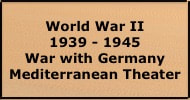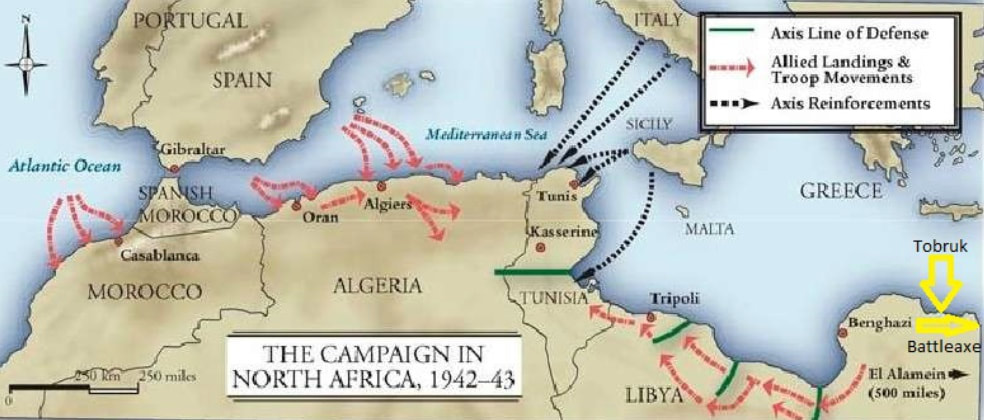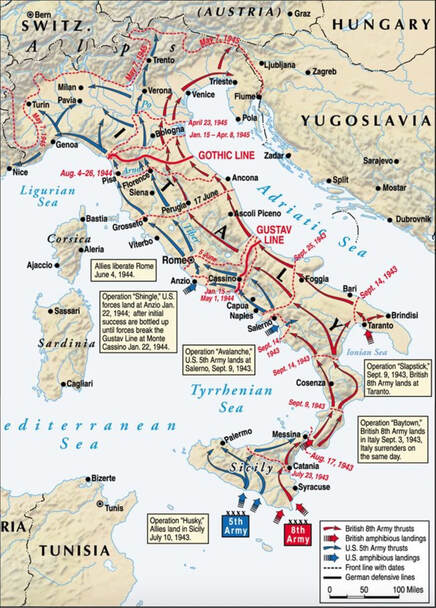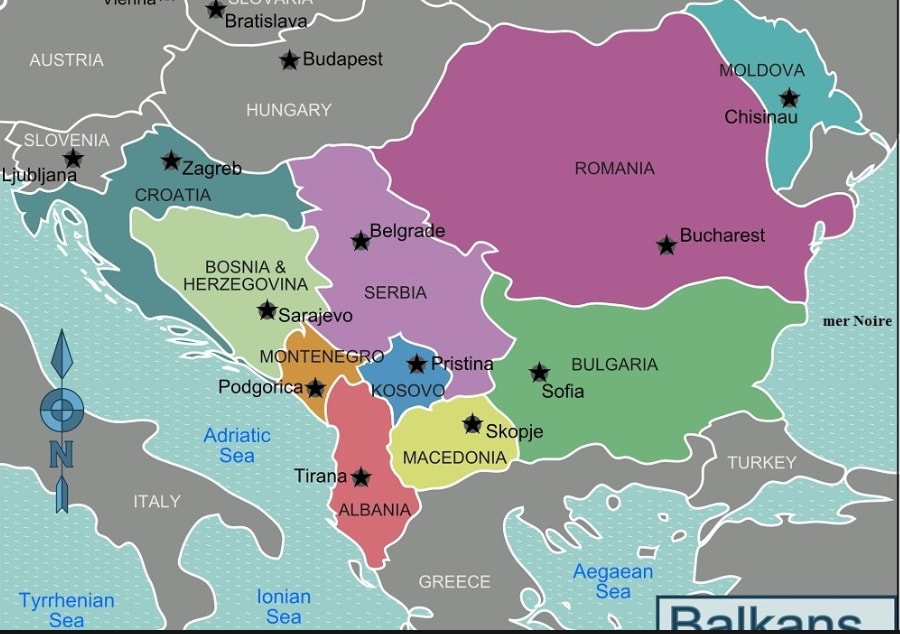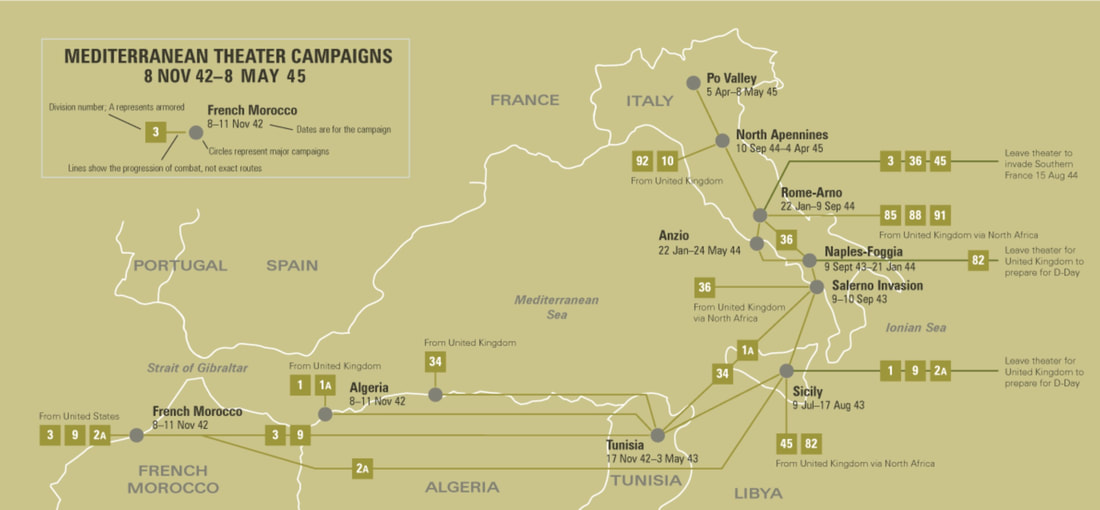The MTO: Background Overview North Africa Italy Air War Sea War Comm. Zone
bigpigeon.us webpage WWII Germany > The MTO > MTO Overview, © 2024 by Robert A. Christiansen, updated by RAC 13 Jul 2024.
bigpigeon.us webpage WWII Germany > The MTO > MTO Overview, © 2024 by Robert A. Christiansen, updated by RAC 13 Jul 2024.
I outline WWII military activity on the ground in the Mediterranean area thusly:
Before the November 1942 involvement of U.S. ground forces: Click here for background
- The loss of the Balkans, 1939–1941.
- Securing Syria and Lebanon, 1941.
- Combat in Libya and Egypt between British Empire and Axis troops, late 1940–early 1943.
- Invasion of Morocco and Algeria, November 1943.
- Combat in Tunisia, November 1942–May 1943.
- Invasion and conquest of the Italian island of Sicily, July–August 1943.
- Invasion and campaigns northward on the Italian peninsula, September 1943–May 1945.
- The liberation of the Balkans, 1944–1945.
The War in Morocco and Algeria - November 1942
|
United States involvement in the Mediterranean Theater of Operations (MTO) began with Operation Torch, the Allied invasion of the Vichy French controlled Morocco and Algeria on 8 November 1942. French troops resisted for three days before surrendering.
|
The War in Tunisia - 1942–1943
|
The War in Sicily -1943
|
The War on the Italian Peninsula, 1943–1945
|
Midway through the Allied campaign on Sicily, Italy's leader Benito Mussolini was overthrown. Subsequently Italy surrendered and British and American troops landed in three locations in southern Italy.
The Allies then began their long slog north up the Italian peninsula. Their advance was halted by German fortifications for extended periods during both the winter of 1943-44 and the winter of 1944-45. The August 1944 Anvil-Dragoon landing in Southern France used troops drawn from the Italian campaign. These troops moved northward and became part of ETO. Combat in northern Italy continued until German surrender on 2 May 1945. |
The Balkans Liberated, 1944–1945
(United States ground forces were not involved in these operations.)
(United States ground forces were not involved in these operations.)
|
Long after WWII ended, Yugoslavia split into today's seven nations, reaching from Slovenia in the north to the Republic of Macedonia as shown on the above map.
|
US Army Divisions in the Mediterranean Theater Campaigns
|
Operation Torch planners lacked confidence that Spain would remain neutral. Thus, a corps of US troops commanded by General George Patton was kept in Morocco for several months after the November 1942 invasion. After the Soviet victory over Germany at Stalingrad in early 1943, Spain no longer had much interest in joining the Axis.
In mid-1944, a number of American and French divisions were removed from combat in Italy to prepare for the August 1944 invasion of southern France. |
██ Sources for Big Pigeon's WWII Germany > The MTO > MTO Overview webpage ██
- The NW Africa in WWII map, https://infograph.venngage.com/p/110521/the-african-campaign - co Mariana Abate.
- The map summarizing Allied operations in Italy is courtesy of pinterest.com.
- The source of the The Mediterranean Sea and Nearby Countries map is currently unknown.
- I do not have a reliable source for the map The Balkans in 1939.
- The Eastern Mediterranean in WWII map is found at https://www.ibiblio.org/hyperwar/USA/USA-C-Egypt/maps/USA-C-Egypt-2.jpg.
- The Tunisia Today map is courtesy of worldatlas.com.
- The Balkans Today map, https://en.wikivoyage.org/wiki/Balkans#/media/File:Balkans_regions_map.png.
- US Army Divisions in the Mediterranean Theater Campaigns map - c/o www.armydivs.com. This map shows the participation of United States Army divisions in the campaigns that took place in the MTO.
- For an informal history of the Iowa/Minnesota 34th Infantry Division in the MTO, see https://www.iowanationalguard.com/History/History/Pages/World-War-II.aspx.
Not used:
- The Operation Torch Invasions map - courtesy of mammothmemory.net - https://mammothmemory.net/history/world-war-ii/important-facts-of-world-war-ii/operation-torch.html.
